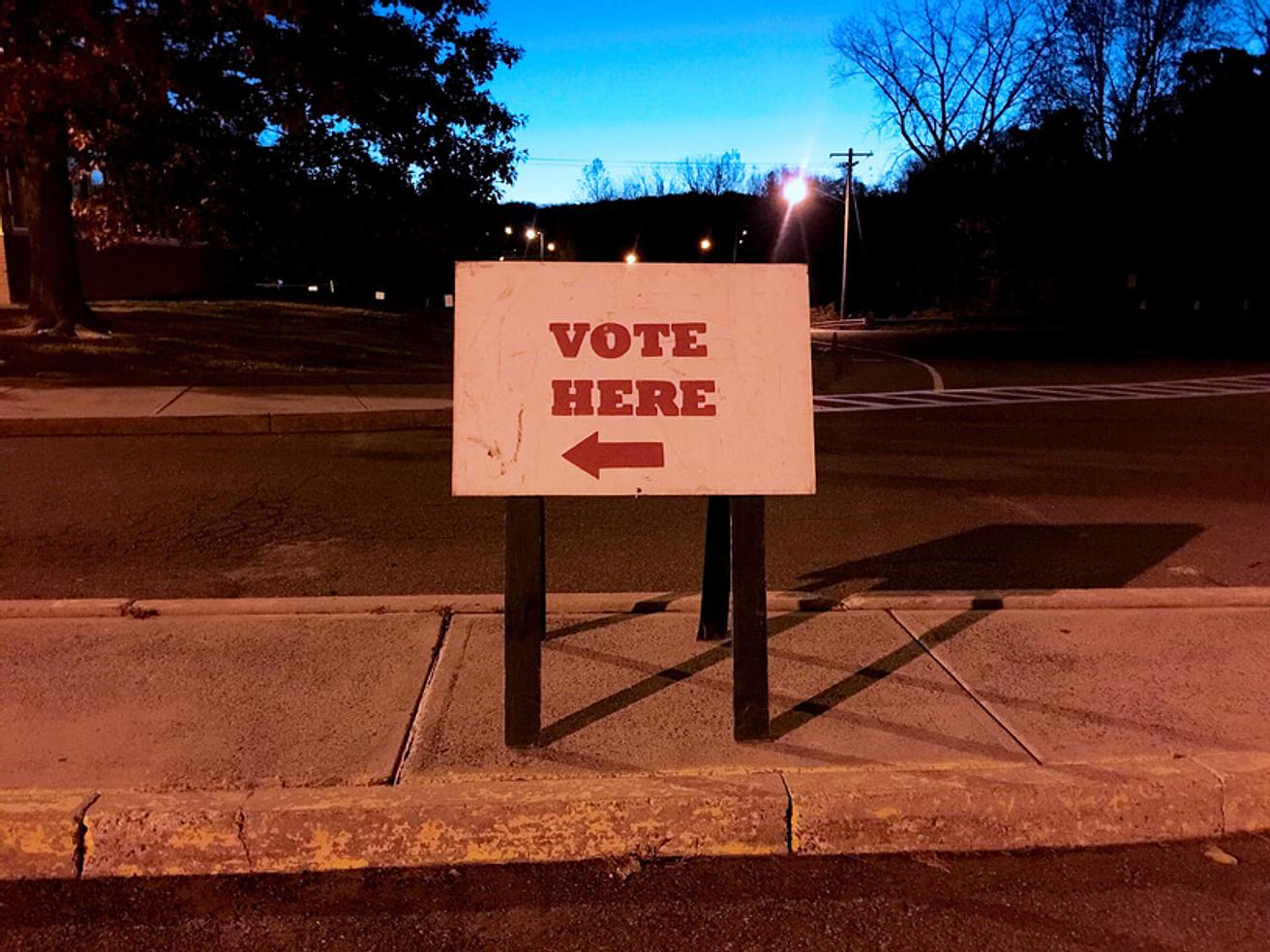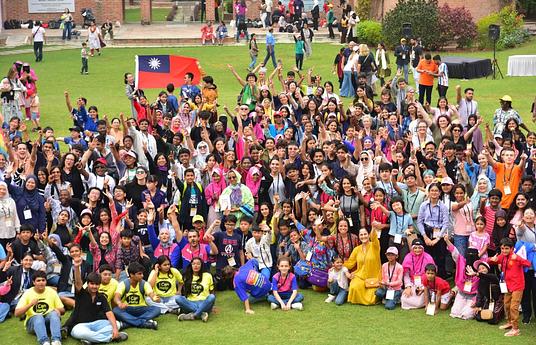The principles of democracy are often taught in schools, but how often do schools practise what they preach? Sure, there’s student council elections once a year. There’s the chance to join a debating club. You might get to vote on the theme of this week's special lunch. Yet, to learn the true value of democracy, it takes more than token gestures.
Schools are microcosms of the outside world, complete with implicit power structures and explicit rules. While children might learn about democracy and equality, in reality most children have a more passive experience in the classroom, where decisions are enforced rather than mutually agreed upon.
In day to day schooling, how many real life, meaningful, important decisions do students actually get to shape? How much control do they have over what or how they learn? Education is not something that should ‘happen to’ young people. They need to learn to be active, responsible and engaged citizens. What better time to start than in school?
Democratic Kindergartens
Voting age is a source of debate around the world and many argue for it to be lowered. But how about democracy for 4 year olds? Germany’s democratic kindergartens prove it’s never too early to start participating in politics!
In a new approach to kindergarten organization, children’s rights are enshrined in a kindergarten constitution and children actively shape rules and make (age appropriate) decisions. The focus is on the democratic process itself, not just the vote, so understanding and fairness are key.
Crucial to any democracy is tolerance. Children at democratic kindergartens learn early on that they won’t always get their own way, and that different opinions and ideas should be accepted and celebrated. The hope is that learners will grow into active, tolerant citizens, always searching for peaceful solutions.
Curious to know more about Democratic Kindergartens? Click here.
Student Government Lotteries
Let’s face it, school elections are more of a popularity contest than a truly democratic affair. Popular, charismatic and ambitious students are likely to scoop the most votes, giving the impression that decision making is for the ‘natural born leaders’, whilst other students are reduced to spectators, merely casting the occasional vote. But democracy can and should be more than this. At the core of democracy is active participation, responsibility and community.
Democracy in Practice is a non-profit working to replace school elections with lotteries, to give all students a chance to make decisions and develop leadership skills. This approach involves interested students putting their name into a draw, where the randomly selected winners become part of the student government.
Inspired by the original democracy of Ancient Greece, this approach is arguably fairer than traditional elections, generates greater buzz and more participation, and means more diverse, broader representation in student council. Democracy doesn’t end with student government lotteries - there’s also horizontal teamwork and regular rotation of elected members, to ensure a richer and more equitable education for all.
Learn how to bring student government lotteries to your school, here.
Design for Change
In a democracy, everyone has the right to have their views heard. Yet children’s opinions are seldom sought by adults, even for important decisions that will affect them. Children can learn about democracy early on through opportunities to be active, engaged citizens. Design for Change aims for all children to discover that they are not helpless, change is possible and they can be the ones to shape it.
Students identify a real problem in their local community and set about to design a solution. In the process they learn to understand situations empathetically, imagine creative solutions and work collaboratively to put those solutions into action. Teachers become facilitators as learners take the reins on their own education. As well as improving academically, students become confident decision takers, change makers and powerful contributors to society. Students involved in Design For Change learn about democracy without even realizing it and prove that you don’t have to be of voting age to shape your society.
Inspired? Read more about Design for Change, here.




